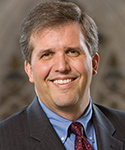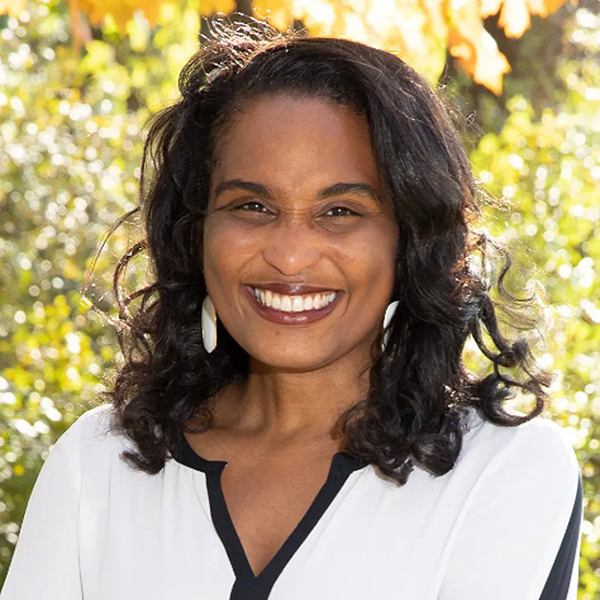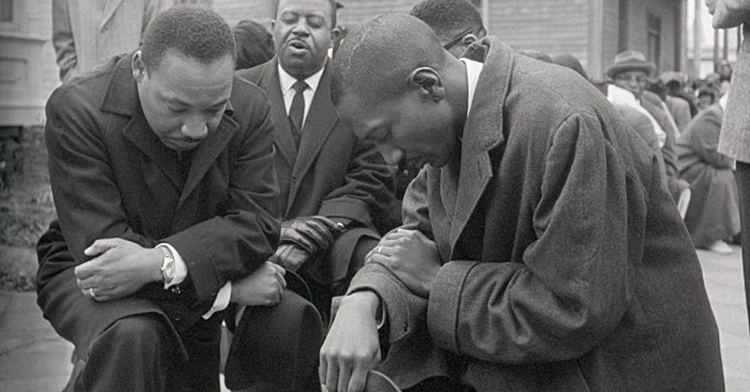“There is no future without forgiveness.”
Archibishop Desmond Tutu’s signature statement testifies to the life-giving character of forgiveness. Sometimes, though, it is difficult to envision a life-giving future even with a commitment to forgiveness. The destructive aftermath of a devastating event creates powerful forces that often suck people into the vortex of the past.
Even as a commitment to forgiveness opens up the future, leaning into the unpredictability of that future helps us discover new dimensions of that forgiveness and unanticipated opportunities for new life.
But how, amidst the vortex of the past’s power, do we learn to lean into such a future, guided by our commitment to forgiveness? The answer lies in the strength and support of a community shaped by faithful practices and guided by wise leaders -- as an Amish community has discovered.
Five years ago, on Oct. 2, 2006, the world watched with amazement as the Nickel Mines Amish community offered words and gestures of forgiveness in the wake of the horrifying massacre of five young girls in their schoolhouse. That day, five other girls were wounded but survived; one has permanent disabilities from brain trauma.
The days, weeks and months that followed found the Amish community on a “roller coaster ride,” as one father described it -- an unpredictable journey of trying to make sense of the shooting.
Their journey has been marked by “traditioned innovation” -- a deep tradition of forgiveness, following Jesus’ injunction to the practice, expressed in new ways to account for an unprecedented, public circumstance. Their innovative practice has, in turn, led them to deeper understandings of their tradition and to the discovery of new life in the Spirit.
While parents were frantically searching for their children and securing emergency medical care, other members of the community began offering words and gestures of forgiveness to the shooter’s family and to the watching world.
Their responses of forgiveness came “naturally,” as a result of their deeply formed habits, yet they also quickly realized they were going to confront challenges they never could have anticipated. The events of the day were terrible enough, but the community also had to respond to intense media scrutiny and a world transfixed by the unfolding drama.
The leaders of the Amish community knew there were dangers to avoid in how they responded to the tragedy and engaged the wider world. They also recognized a “new calling” for the whole community to undertake as a form of witness.
They expressed significant appreciation to the police (especially the state police commissioner), the emergency medical personnel, the local community and even the media for many acts of kindness. Their initial declarations of forgiveness became manifested in greater appreciation for the goodness of “worldly” people. Indeed, relationships developed over time between the shooter’s mother and the victims’ families, embodied in visits, caregiving and shared hospitality.
The Amish community’s leadership during those first weeks was inspiring and natural, emerging out of the daily habits and practices of their community. They did not intend to draw attention to themselves or to their community. Their leadership was a form of witness to God, manifested in profound humility.
At the same time, though, new questions emerged.
The community received $4 million in donations from around the world. How should that money be used?
The Amish set up an “accountability committee” to disburse the money, drawing on their deep habits of both communal generosity and awareness of the potential for sinful greed. One of the committee’s first decisions was to set aside a significant portion of the money for the shooter’s family, with special concern expressed for the shooter’s children.
The Nickel Mines community also began getting requests to receive delegations from around the world that were struggling to come to terms with their own distinctive tragedies. What would they say to visiting delegations? How would they describe their convictions, practices and responses to outsiders?
The community discovered a calling to welcome such delegations, to show hospitality and to share their experiences and perspectives together. They appointed spokespeople for the community, typically parents of the victims, to meet and reflect together on the significance of forgiveness in relation to both the past and the future.
The community has exhibited leadership in an even more innovative way: it has sent delegations to visit other communities coping with a similarly devastating event.
Several of the parents traveled to Virginia Tech in 2007 to be with families affected by the shooting that killed 32 students and faculty there. And, in an even more remarkable witness, several Amish couples traveled with Terri Roberts, the shooter’s mother, to New Hampshire to help a community divided over a murder see that reconciliation is possible.
One of the Amish fathers who went on these journeys acknowledged to me that he didn’t really want to go. And yet, he noted, he understood that it was important for them to do so as a witness to what God was doing in and through them.
They didn’t think they had really done anything themselves in New Hampshire; they credited God. Yet they were crucial vessels. Imagine what the people there experienced in the reconciling leadership of Amish parents and the shooter’s mother traveling and eating together and expressing bonds of friendship.
One of the Amish ministers in the Nickel Mines community, a man who also is a grandfather of one of the murdered girls, recently said that many of the letters they received cited Romans 8:28: “We know that all things work together for good for those who love God, who are called according to his purpose” (NRSV).
The Amish community has discovered “goodness” in new relationships and reaffirmed perspectives of the goodness that exists in the wider world. They have named the new Nickel Mines school “New Hope,” as a sign of God’s goodness. Their commitment to forgiveness has helped them glimpse a future.
By leaning into that future through traditioned innovation, the Amish are also discovering deeper understandings of forgiveness and unanticipated possibilities for new life.
I asked one of the Amish fathers who traveled to Virginia Tech and to New Hampshire what he had learned from those visits. He said, “I learned that forgiveness is a journey. I have learned that healing is possible. And I have learned that it is not yet finished.”
Some of the most extraordinary and exemplary leadership that has emerged in our world over the last five years has come from people with no formal titles, a wariness of change and an aversion to publicity. It has come from people with a profound humility that points clearly and authentically to God, who are willing to confront challenges and engage opportunities even in the wake of a horrifying event.
“There is no future without forgiveness”; and by living into the future with forgiveness, new opportunities to discover its power emerge.








